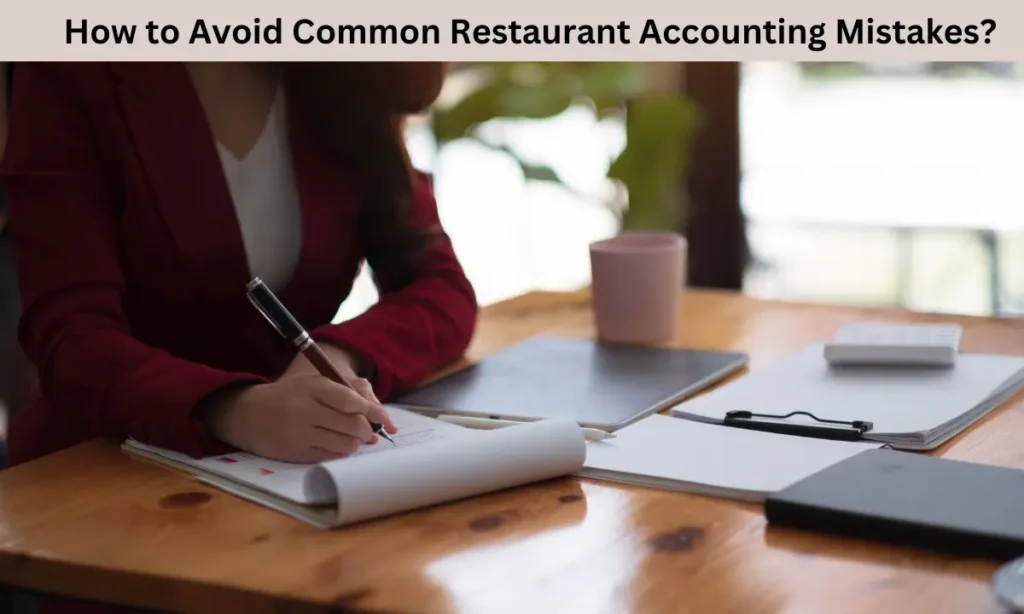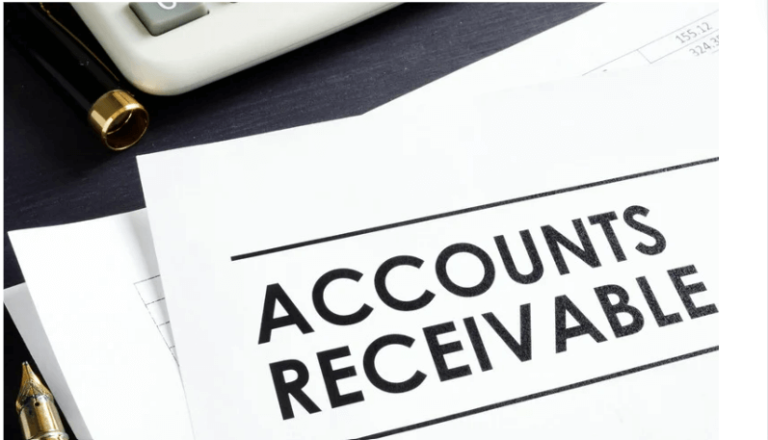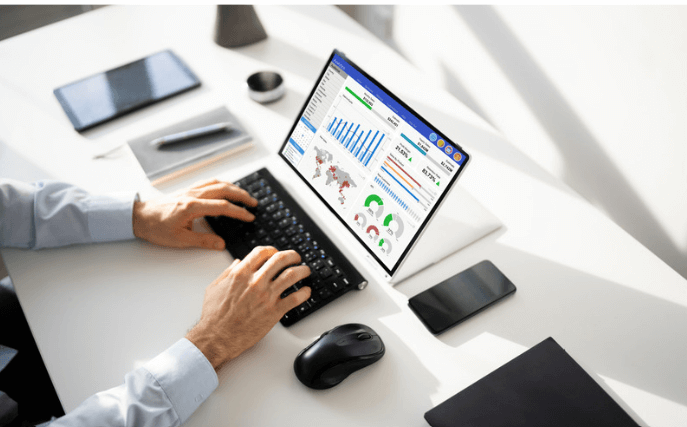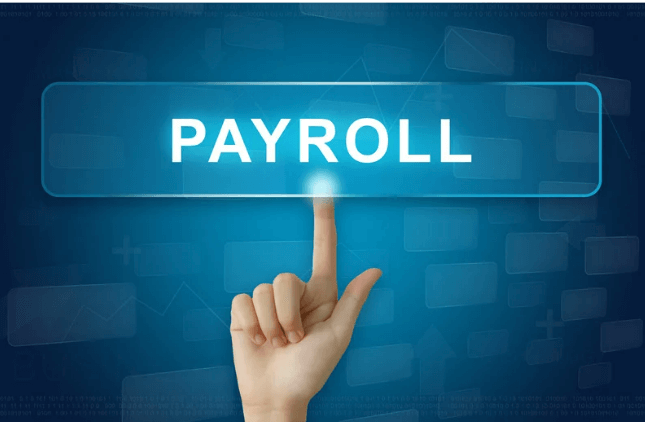Key Points:
1. Restaurant accounting services help you monitor transactions, manage payroll, track sales, and control inventory, ensuring financial health and profitability.
2. Two common accounting methods for restaurants are cash-based (immediate recognition of transactions) and accrual (tracking income and expenses as they occur), each suitable for different scales of operation.
3. Key areas to focus on include tracking sales, cost of goods sold (COGS), labor costs, inventory, and cash flow, as well as handling taxes and avoiding common mistakes like misreporting POS transactions or inventory.
4. Using appropriate software and skilled accountants can simplify your restaurant’s financial management, preventing costly errors and supporting growth.
Are you into a restaurant business? One of the most crucial steps in making a restaurant business successful is opting for efficient restaurant accounting services. It can be a make-or-break situation in your restaurant business because the profit margins are very thin in the restaurant business.
You need to keep a close eye on the inflows and outflows of your restaurant business. A slight mistake can shape into the biggest blunder. So, are you also perturbed about running a restaurant business successfully and confused about choosing a reliable accounting service?
No worries; every cloud has a silver lining. We have compiled a step-by-step guide to restaurant accounting services. Let’s get started:
What are restaurant accounting services?

Before moving ahead, we must first understand what restaurant accounting is. Simply put, restaurant accounting records and monitors your restaurant’s transactions and financial health.
It entails maintaining records of the restaurant’s monetary activities, including sales, outlays, payroll, and inventory, and creating financial statements to give owners and management an understanding of the restaurant’s financial health.
But as we have discussed earlier, restaurant accounting is not a cakewalk. You need a skilled accountant who knows accounting and the restaurant industry to efficiently manage your restaurant business accounting.
A qualified accountant can assist restaurant owners in creating an advanced accounting strategy that fits their requirements and objectives. This can entail putting accounting software into place, creating a budget and cash flow projection, and offering ongoing financial analysis to find cost opportunities- and revenue savings.
Restaurant Accounting Methods

There are mainly two restaurant accounting methods of restaurant accounting. One is the cash method, and the other is the accrual method. Let’s learn both methods in detail:
Cash Method
The cash method is implemented whenever the income is generated in lieu of cash for the services the restaurant provides. This approach is ideal since money isn’t owed later because services are typically delivered and paid for instantly in restaurants, cafés, and bars. Although relatively simple, a cash basis isn’t necessarily the most appropriate accounting method for a restaurant. Therefore, one could think about picking another approach because It fails to acknowledge late payments are the main problem.
Accrual Method
For smaller-scale restaurants with delivery accounts that they pay for after the delivery, the accrual technique, which is required for businesses with higher revenue, might be helpful. The accrual approach records each transaction that takes place in a restaurant. In other words, it indicates that costs and income are being recorded at the moment of the transaction. It doesn’t matter when payments or currency exchanges are conducted in reality.
Using this strategy will give you a better understanding of how costs occur, and money is produced. It also shows how evenly your earnings and expenses are distributed.
What Areas Do You Need to Track in Restaurant Accounting?
It is always essential to keep your records up to date, and for this purpose, you have to focus on some crucial areas. The following are some of the critical areas that a restaurant restaurant should monitor:
Sales
The core of any financial planning is keeping track of your transactions, beginning with your income. In the framework of restaurant accounting services, it pertains to your sales. Thankfully, outsourcing has come a long way. The days when your waiter had to scribble down the orders on paper and tape it to the chef’s windows are gone from history. Using a solid outsourced platform, you can track sales, correctly organize them into custom tabs, and reconcile daily POS sales with books.
Cost of Goods Sold (COGS)
Restaurants must track their COGS, including the price of all goods and ingredients required to create food. Restaurants can use COGS to ensure menu pricing is profitable and spot areas where expenses can be minimized.
Labor Costs
Restaurants should keep track of all labour expenses, including all employee salaries, wages, perks, and taxes. Restaurants may reduce costs and find ways to boost efficiency by tracking their labour costs.
Inventory
To avoid wastage and spoiling and ensure they have adequate supplies to cook the menu items, restaurants should keep an eye on their inventory levels. Additionally, it may be used to spot any inconsistencies or theft.
Accounts Receivable and Payable
To maintain a healthy financial flow, restaurants must keep track of their accounts payable and accounts receivable.
Cash Flow
The restaurants should monitor The amount of cash inflow and outflow as part of their cash flow. By monitoring their cash flow, restaurants can ensure they have enough money to pay their bills and spot areas where their cash flow may be improved.
Taxation
Restaurants must keep account of all taxes due, including sales, payroll, and federal, state, and local income taxes.
How to Avoid Common Restaurant Accounting Mistakes?

We must recognize the errors to avoid the most common restaurant accounting services mistakes. The top three mistakes are listed below:
POS Transactions and Expenses
Top on the list of frequent mistakes is incorrectly reporting POS transactions and costs. This includes not breaking down discounts, competitors, and tips on the profit and loss report, as well as including vouchers in sales when they are sold instead of redeemed. To avoid making this error, all employees who interact with the POS system must receive extensive instruction and daily accounting must be done using the cash basis technique.
Inventory Records
The COGS and profit and loss reports that result from improper inventory recording can be incredibly misleading. Alcohol, dry products, and shelf-stable components are long-term commodities that frequently have a longer shelf life than one inventory period and must be correctly recorded. Accurate inventory statistics in the books allow for additional inventory measurements like turnover.
Third-Party Delivery Sales
Sales less marketing, delivery, credit card fees, and sales tax are included in deposits from third-party delivery services like Zomato and Swiggy. For an accurate representation in your bookkeeping, these things must be segregated and recorded precisely net rather than gross.
The Bottom Line
Even though restaurant accounting services might be complex, it doesn’t have to be an ongoing struggle if you use suitable approaches. A simplified method to make accounting peaceful while keeping track of sales data, operational costs, and other restaurant expenses is to invest in the proper restaurant accounting software and hire experts with up-to-date expertise and experience to handle your books.
In case of uncertainty, abide by the instructions in this manual and seek expert guidance as soon as a problem occurs. You can expand and scale your restaurant business by keeping track of your finances and regular accounting. Concentrating on creating excellent customer interactions to keep your restaurant open for years to come when you have the correct partners and technologies in place is simpler.
Frequently Asked Questions (FAQs)
Q.1 How do restaurants maintain accounts?
Ans 1: You can choose between cash-based and accrual accounting depending on your profit levels. Inventory, food and pour expenses, prepaid accounts, short payments and vendor credits, and tips are all things you’ll need to monitor constantly.
Q. 2 What is a P&L statement for a restaurant?
Ans 2: A restaurant’s profit and loss statement, often known as a P&L, is a financial record that lists all of the company’s receipts and outlays for a specific period. They are usually performed monthly or annually. P&Ls give a summary of the revenue, expenditures, and expenses for your restaurant.
Q.3 What percentage should expenses be in a restaurant?
Ans 3: Most company owners strive for food expenditures to be between 28 and 35 per cent of restaurant sales to be successful. Despite the lack of a stated average food cost %, US-based food businesses have long used this range as a benchmark.
Also read




